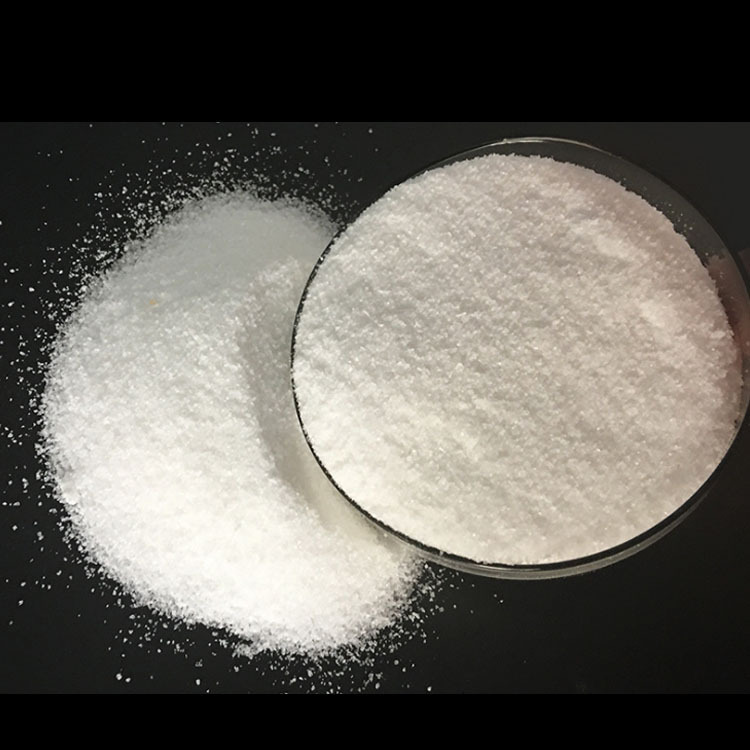Flocculant is one of the most commonly used chemicals in sewage treatment and is also widely used in other industries. It is mainly divided into three categories: inorganic flocculants, organic flocculants, and natural polymer flocculants. In terms of contact and understanding, most people are relatively familiar with inorganic flocculants and natural polymer flocculants. They are cheap but have secondary pollution problems. Natural polymer flocculants, although environmentally friendly, are expensive and not familiar to people, but There are exceptions such as microbial flocculants. People have long discovered that microorganisms have flocculation.
Microbial flocculant is a new type of water that is safe, efficient, and naturally degradable, extracted and purified from microorganisms or their metabolites using biotechnology. Processing agent, ingredients include glycoprotein, cellulose, protein and DNA. It has also attracted more and more people’s attention, and has shown a trend of gradually replacing traditional flocculants. Currently, microbial flocculants on the market are mainly used to treat high-COD organic wastewater and dye wastewater, decolorize them, and restore activated sludge settling capacity.

Principle of action of microbial flocculant
Principle of electrical neutralization: The surface of suspended particles in the water body is negatively charged, and particles of the same sex repel each other. The surface of the microbial flocculant is positively charged, which will neutralize the negative charge. The electric charge causes the suspended particles to undergo magnetic collision and agglomerate and precipitate.
Principle of sweep action: The microbial flocculant is dissolved in the water body to form a network of flocs. Under the action of gravity, it can quickly catch the net and sweep the water body Smaller suspended particles.
Adsorption and bridging mechanism: The flocculant macromolecules use ionic bonds, hydrogen bonds and van der Waals forces to adsorb multiple colloidal particles at the same time, creating a bridging effect between particles. Thus, a network-like three-dimensional structure is formed and precipitated.
Characteristics of microbial flocculants
High efficiency: At the same dosage, the use efficiency of microbial flocculants is higher than that of conventional flocculants such as iron salts and aluminum salts.
Non-toxic: Microbial flocculant is a natural organic high-density flocculant, which is safe and non-toxic and will not affect sludge.
No secondary pollution: The flocculant produced by microorganisms has complex and diverse components, which vary with different strains of bacteria. It is biodegradable and can degrade by itself, so it will not Bring secondary pollution.
Wide range of applications: It can treat activated sludge, charcoal, ink, river bottom sediment, printing and dyeing wastewater, etc.
Short production cycle: Microorganisms grow and reproduce quickly, mutate easily, and are widely distributed. Therefore, they come from a wide range of sources and the production cycle is very short.

Application of microbial flocculants in wastewater treatment
There are studies on the application of river water treatment. This test shows that using flocculants produced by Bacillus bacteria isolated and screened to treat higher turbidity river water can treat The final technical indicators are significantly better than conventional flocculants such as PAC.
Relieve sludge bulking: By adding microbial flocculant to activated sludge, the volume index of activated sludge will decrease, thus eliminating sludge bulking and restoring activity. The settling capacity of sludge. For example, when treating the sublimation of licorice pharmaceutical wastewater, by adding a certain amount of microbial flocculant into the formed expanded sludge, the SVI of the sludge quickly dropped from 290 to 50, thereby eliminating sludge expansion and restoring activated sludge settlement. Ability effects.
Decolorization of printing and dyeing wastewater: The composition of printing and dyeing wastewater is relatively complex, has high chroma, and contains difficult-to-degrade surfactants. For example, white rot fungi are currently used to treat dye wastewater. Research hotspots.
Enrichment of heavy metals: Many microbial flocculant-producing bacteria have the ability to adsorb heavy metal ions.
With the continuous improvement of people’s understanding of water treatment, the possible secondary pollution caused by chemical flocculant residues has attracted much social attention, which has given microbial flocculants a It is an excellent opportunity to enter the market, but the composition of production wastewater in our country is becoming increasingly complex, and the adaptability of microbial flocculants is also facing tests.

�Future research on microbial flocculants may focus on the following aspects:
1. Research on the physical and chemical properties of microbial flocculants, the structure of flocculating groups, flocculation performance, flocculation dynamics and factors affecting flocculation.
2. Choose alternative microbial culture media, optimize the production route of microbial flocculants, reduce production and use costs, and achieve large-scale application.
3. The combined application of microbial flocculants and various flocculants can realize the complementary advantages of various flocculants and increase efficiency and energy saving.
4. Through genetic engineering technology, the pollution factor degradation plasmid is introduced into the engineering bacterial strain, thereby achieving the integration of flocculation, sedimentation and degradation, and expanding the application prospects of flocculants. .


